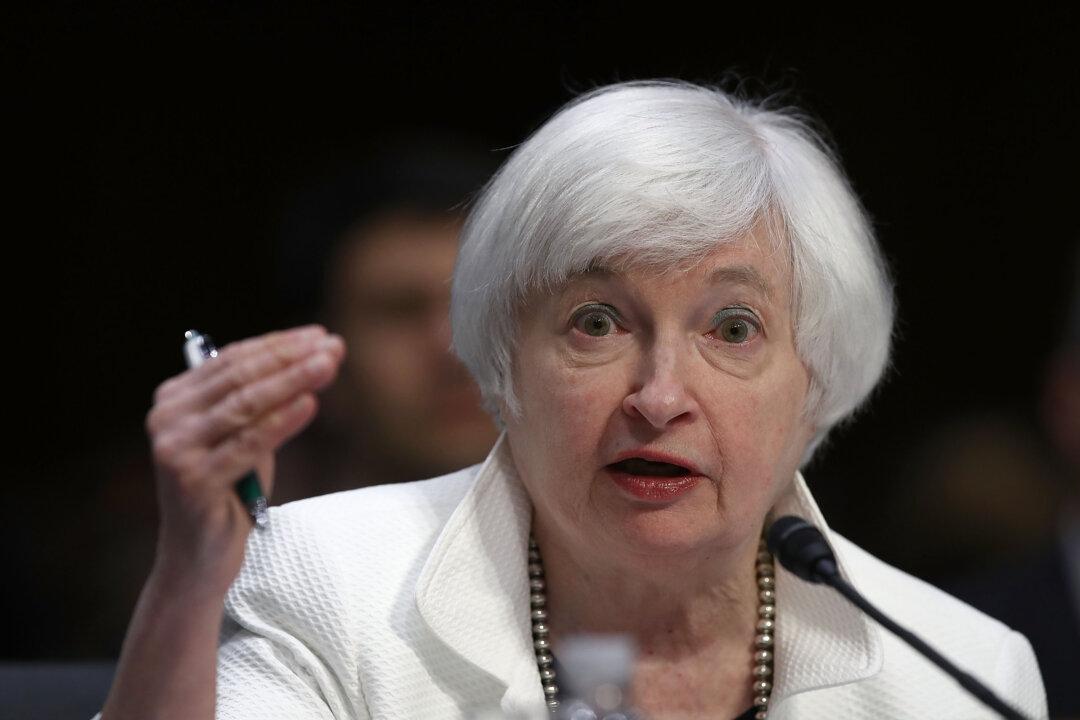Brexit has played out, financial markets are in good shape, the U.S. economy is strengthening, but inflation still lags. A pick-up in inflation is the single most important improvement the Fed needs to raise interest rates.
“Near-term risks to the economic outlook have diminished,” said the Federal Open Market Committee (FOMC) in its July 27 statement. The FOMC held the fed funds target range at 0.25 to 0.50 percent, while upgrading its assessment of the U.S. economy.
Given that the U.S. economy is basically at full employment and inflation remains very low, the traditional inverse relationship between the two variables—the Phillips Curve—has broken down.
Research from the International Monetary Fund (IMF) shows that a 1 percent decline in unemployment only nudges core inflation up 0.1 percent over the next two years—hardly much of a relationship at all. The environment of weak global growth is keeping inflation low even though the U.S. labour market is hot.
But the Fed may not be as married to the Phillips Curve as they have been in the past, says Millan Mulraine, TD Securities’ Deputy Chief U.S. macro strategist.
He recalls last December when the Fed hiked for the first time in nearly a decade, the view was that a strong labour market will push up wages, which will result in higher inflation. That hasn’t happened.
“The Fed will want to see some improvement in the inflation picture,” Mulraine tells Epoch Times. “They’ve been monitoring it for a while and they’ve been disappointed for as long as they’ve been monitoring it.”
The U.S. Federal Reserve’s narrative on inflation has changed very little in 2016. It’s a murky outlook predicated on hope that “transitory” factors that dampen inflation wear off and the labour market keeps improving.
“They wouldn’t acknowledge a recession if one is staring them straight in the face,” Mulraine says. “They would never forecast a recession. It’s the same thing for inflation. As an inflation-targeter, I think that they will remain wedded to the hope that inflation will move back to target in the medium term.”
The Fed has a dual mandate—maximum employment and 2 percent inflation.
“They don’t have to get to the [inflation] target itself, but they have to believe that they are in a position to move toward that target,” Mulraine says.
Global Weakness
“It’s a global phenomenon of inflation underperforming,” says Michael Gregory, Deputy Chief Economist and Head of U.S. Economics at BMO.
The latest annual inflation readings in major world economies compiled by the Organisation for Economic Cooperation and Development (OECD) paints a bleak but consistent picture: Euro area -0.1 percent, U.K. 0.3 percent, Japan -0.4 percent, Canada 1.5 percent, and U.S. 1.0 percent.
In a blog post, IMF senior economist Yasser Abdih says, “Foreign rather than domestic factors are keeping core inflation low.”





